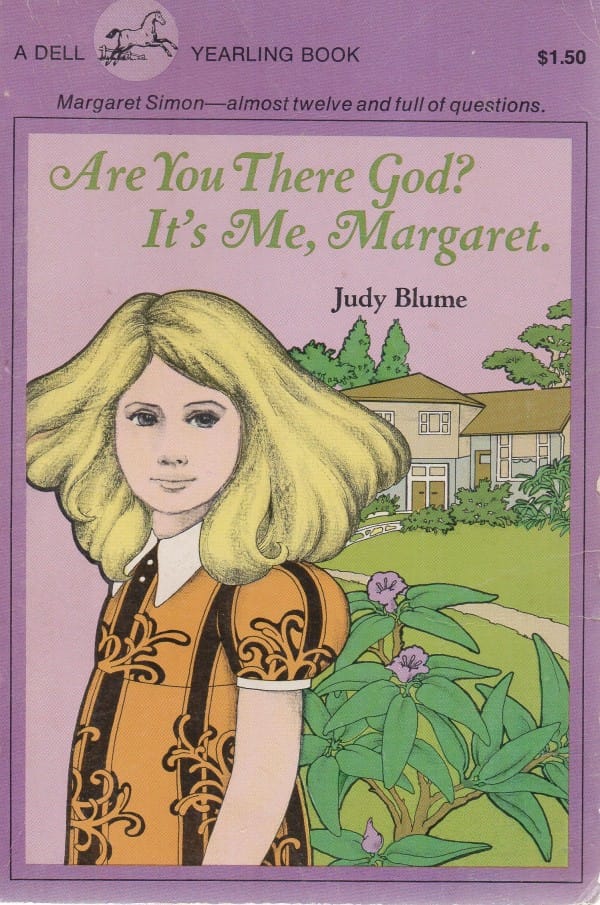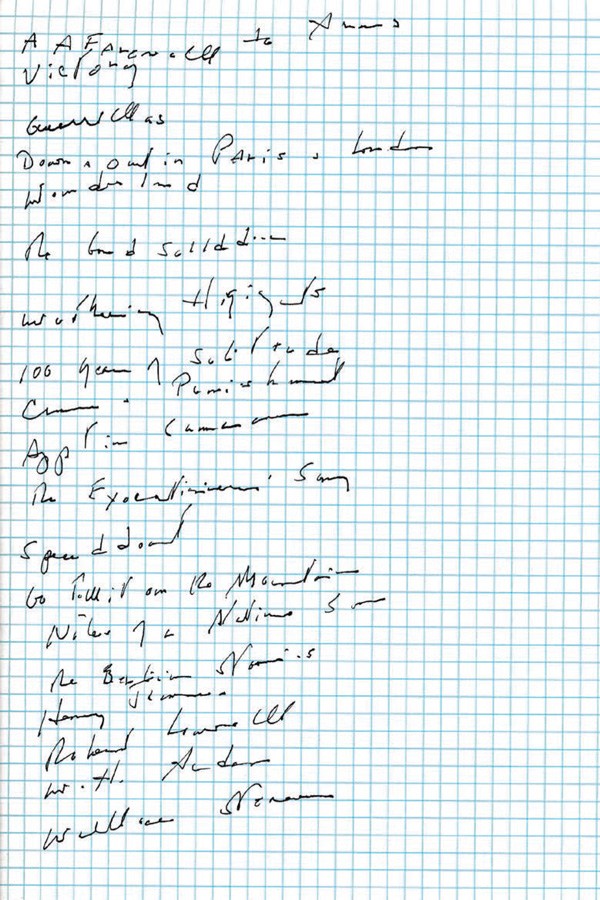45 years have passed since Brian Eno left Roxy Music to strike out on his own, launching a more or less unprecedented career spread across music popular and experimental as well as other forms of art entirely. It seems to have worked out for him: young stars like James Blake, Owen Pallett, and Seun Kuti continue to seek out the boundary-pushing creative oversight he previously brought as producer to acts like David Bowie and U2, and his own work as a “non-musician” (which began with him twisting knobs and pushing buttons almost at random with Roxy Music) continues apace, his latest album Reflection having come out just last year.
If you looked for Reflection at the record store, physical or digital, you might well find it filed under “ambient,” a genre Brian Eno often gets credited with, though never seems to claim credit for, inventing.
Whether or not he came up with that atmospheric, almost spatial form of music single-handedly — or its computer-composed cousin generative music, which you can experience with Reflection in app form — matters less than the intellectual framework he’s built, and that he continually dismantles and rebuilds, around it.
Though Eno has always insisted on the importance of deep feeling in music, perceiving a kind of sacredness in acts like singing and dancing, the creation of his own music has also involved no small amount of cogitation, the fruits of which you can hear in the 29-hour Spotify playlist above. (If you don’t have Spotify’s free software, you can download it here.) If you got into Eno through his ambient work, what you hear on much of this sonic journey through his discography might surprise you: the jaggedness of a “Sky Saw” from Another Green World, the cyberpunk beats of Nerve Net, or the nervy grooves on his collaborations with former Talking Heads David Byrne. All of it evidences that Eno never runs out of musical ideas, nor the fascination to execute them; no wonder Roxy Music leader Bryan Ferry, nearly half a century later, wants to collaborate with him again.
The playlist starts with Eno’s first album, 1974’s Here Come the Warm Jets, and then moves through the rest of his discography chronologically. It may not include every album Eno ever made. But it certainly seems to include every Eno album currently available on the streaming service.
Related Content:
The “True” Story Of How Brian Eno Invented Ambient Music
Brian Eno Explains the Loss of Humanity in Modern Music
Brian Eno on Why Do We Make Art & What’s It Good For?: Download His 2015 John Peel Lecture
Based in Seoul, Colin Marshall writes and broadcasts on cities and culture. His projects include the book The Stateless City: a Walk through 21st-Century Los Angeles and the video series The City in Cinema. Follow him on Twitter at @colinmarshall or on Facebook.



